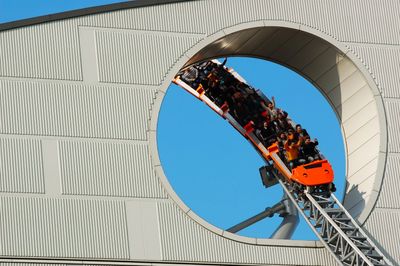Thinking of doing Grade 11 and Grade 12 courses? Only 14 courses toward university!
Advanced Functions

Unit 1: Basic Skills Review
This unit reviews the foundational concepts that have been covered in prerequisite math courses. Students revisit the definition of a function, function notation, and the key properties of functions. Students also review transformations of functions and inverse functions. The unit assessment evaluates students' ability to carry out proper communication, formatting, and technical skills in their work, all of which will be important aspects of their assignments in the remainder of the course. (6 hours)
Unit 2: Polynomial Functions
In this unit students learn to identify and describe some key features of polynomial functions and to make connections between the numeric, graphical, and algebraic representations of polynomial functions. These concepts allow students to manipulate functions in a number of ways and apply their skills to solve real-world problems. Strategies will be employed to aid in the connection to an understanding of rates of change. (20 hours)
Unit 3: Rational Functions and Inequalities
Students begin this unit by identifying and describing some of the key features of rational functions. Students then learn to represent and manipulate these functions to solve real-life problems, graphically and algebraically. This unit also introduces the idea of inequalities and how they produce different solutions than equations. (15 hours)
Unit 4: Exponential and Logarithmic Functions
This unit begins with a review of exponential functions, their properties, and applications. This leads into discussions about a related function, the logarithmic function. From here students learn about logarithmic properties and then apply their knowledge of exponential and logarithmic functions to solve real-world problems. (18 hours)
Unit 5: Trigonometry
This unit examines the meaning and application of radian measure. This allows students to solve more complex situations in exact values. Students will make connections between trigonometric ratios and the graphical and algebraic representations of the corresponding trigonometric functions and use these connections to solve problems involving trigonometric equations and to prove trigonometric identities. (18 hours)
Unit 6: Trigonometric Functions and Graphs
This unit develops students understanding of trigonometry by expanding on the functions behind the trigonometric ratios. Students look at trigonometric functions and their reciprocals, examine their key properties and behaviours, and learn how they can be transformed to model a wide range of data. (18 hours)
Unit 7: Operations on Functions
Having studied various types of functions and transformations of functions, and understood the significance of differential rates of change in functions, this final unit focuses on the theory and practice of performing arithmetic operations on entire functions, including but not limited to the algebraic, graphical and practical implications of performing those operations. (12 hours)
Final Assessment
This is a proctored exam worth 30% of your final grade. (3 hours)
Course content developed by our partner, Virtual High School.
uniTELOS
This website uses cookies.
We use cookies to analyze website traffic and optimize your website experience. By accepting our use of cookies, your data will be aggregated with all other user data.